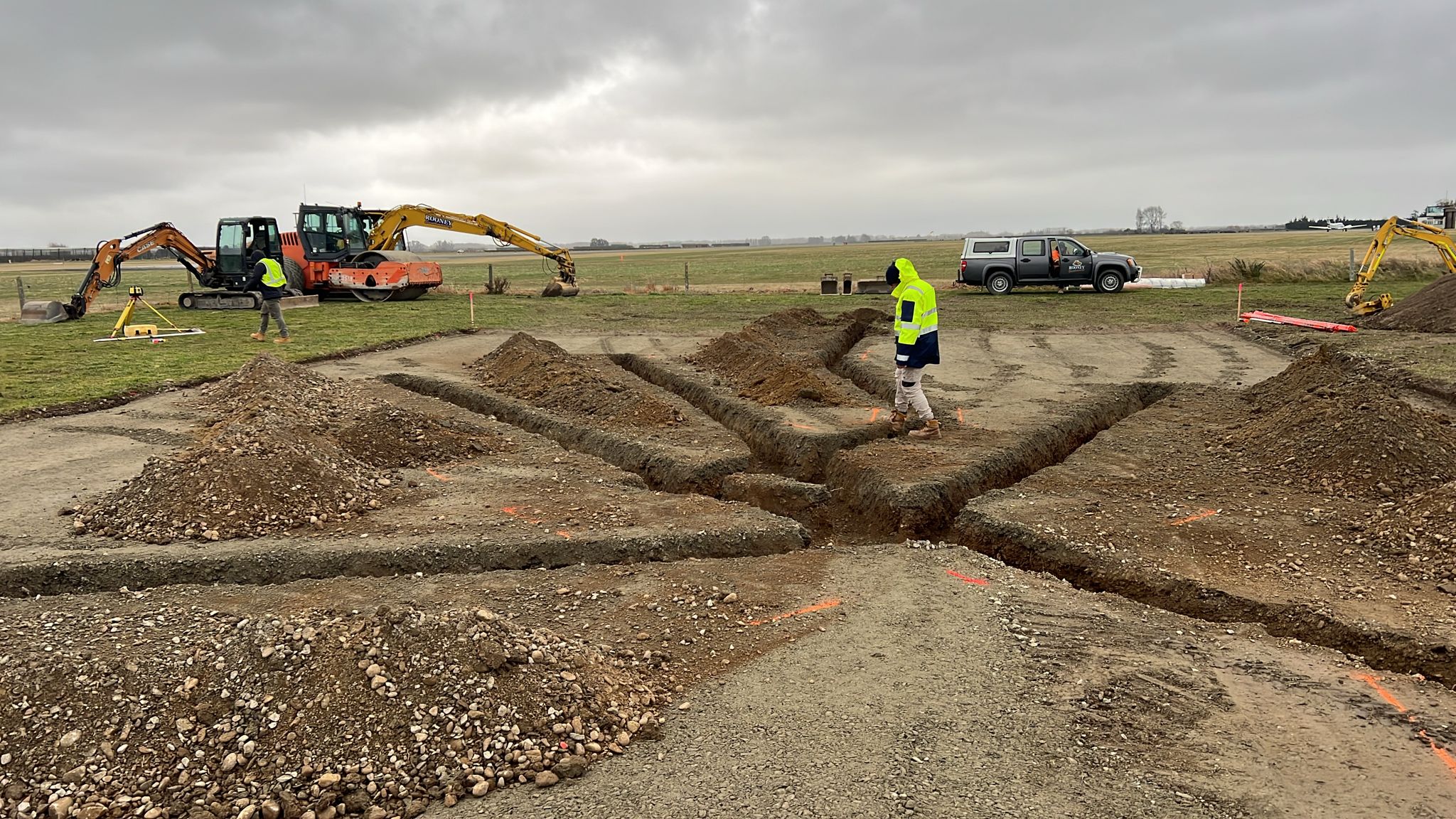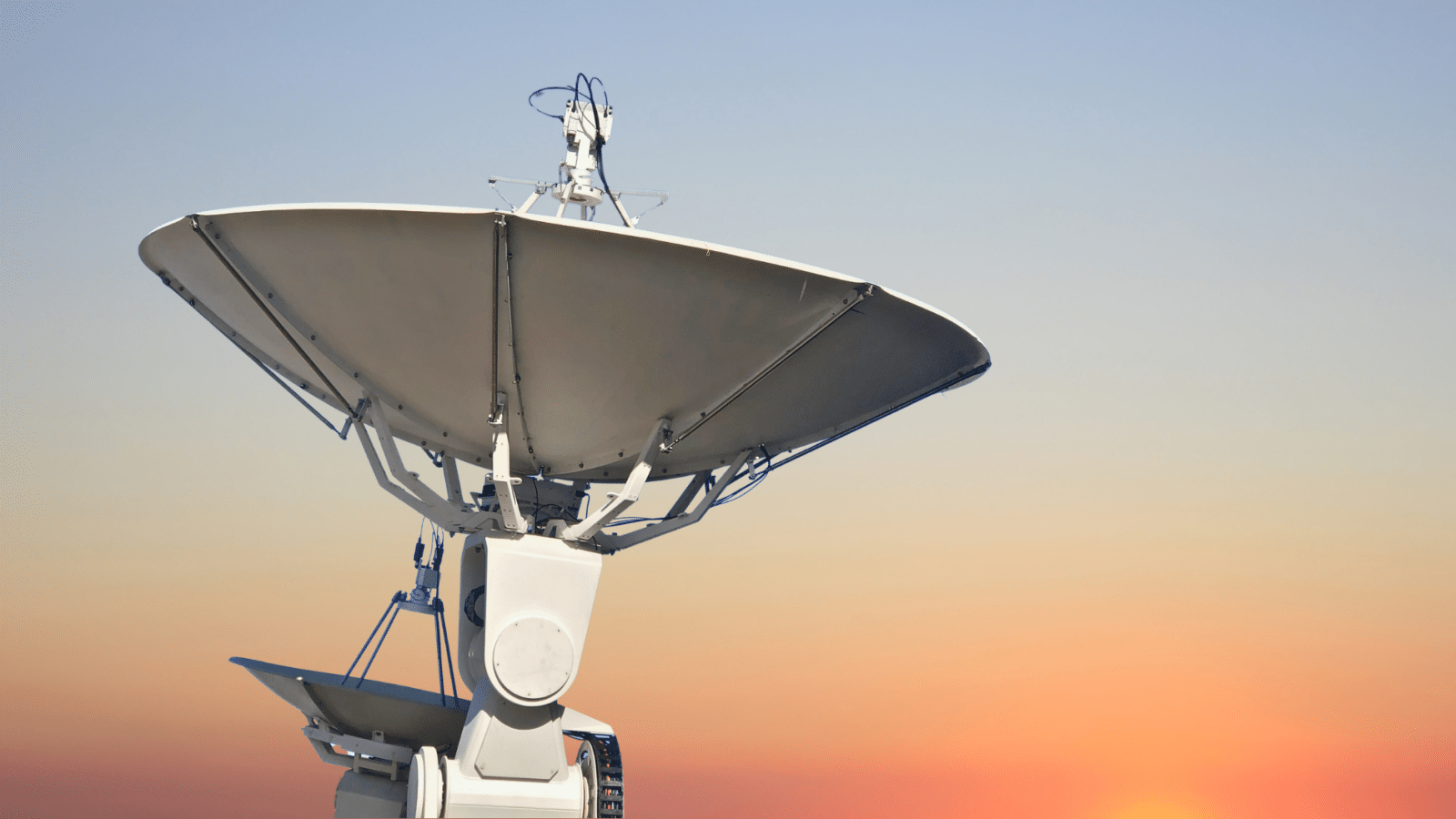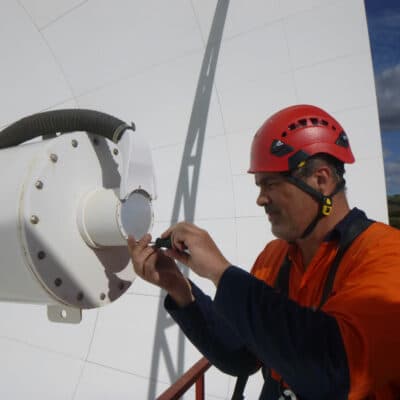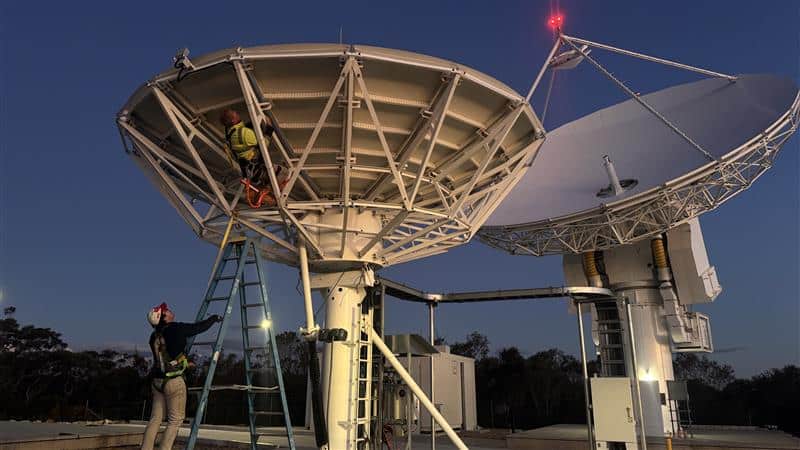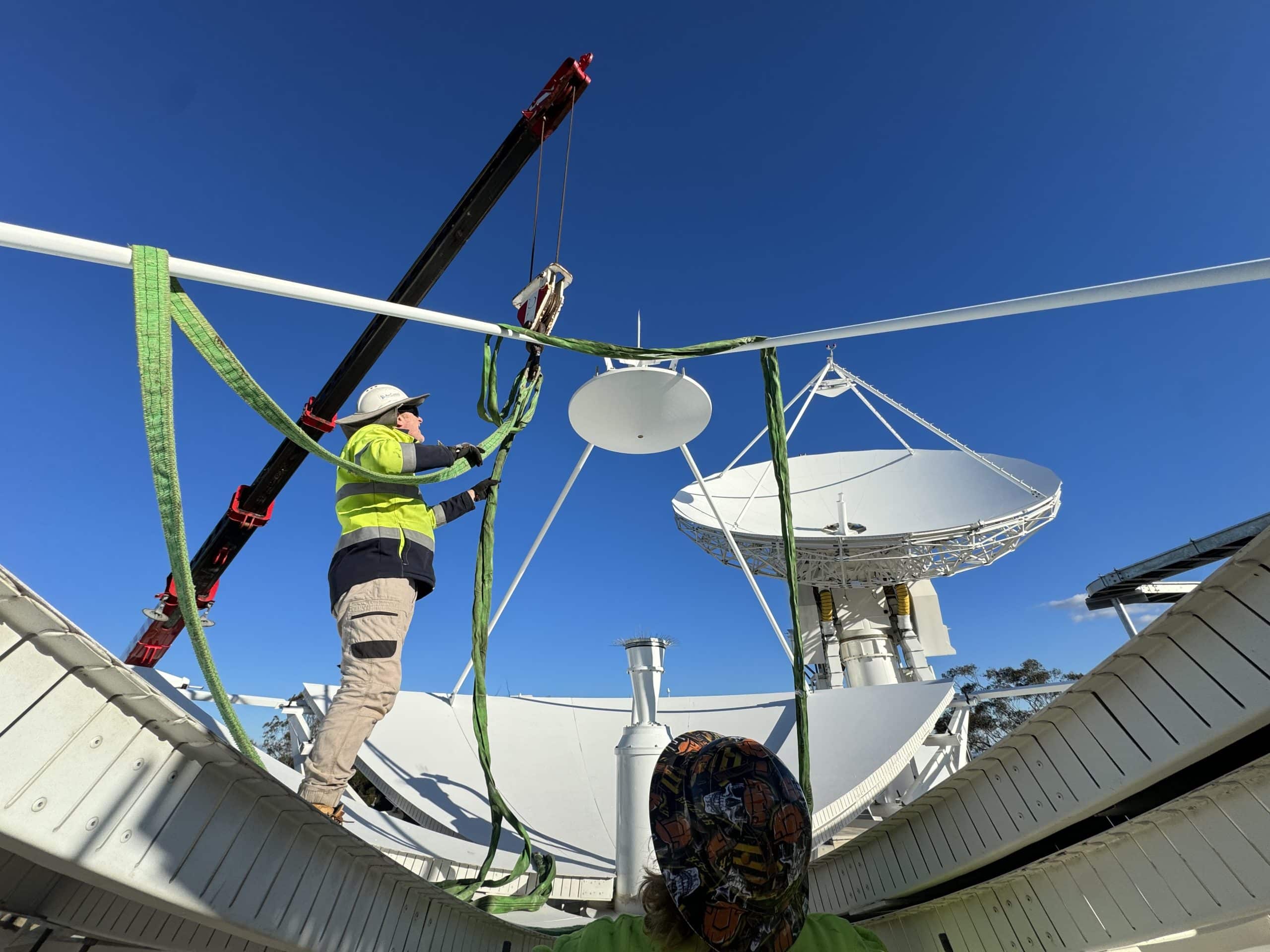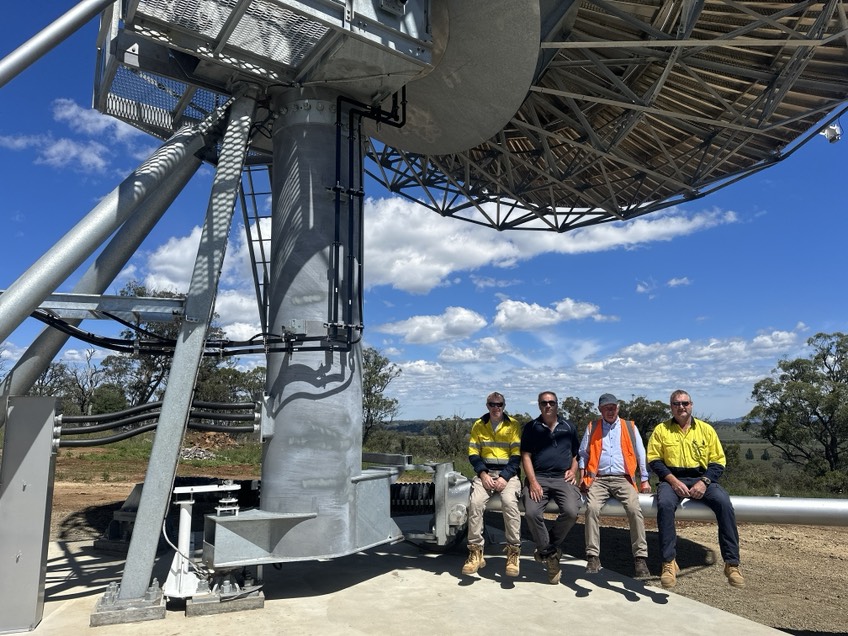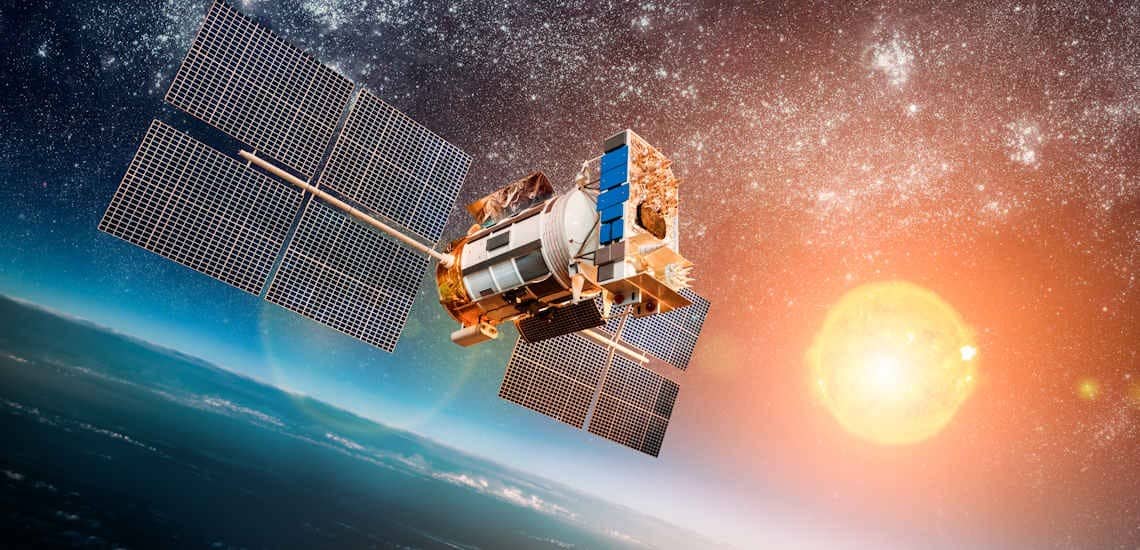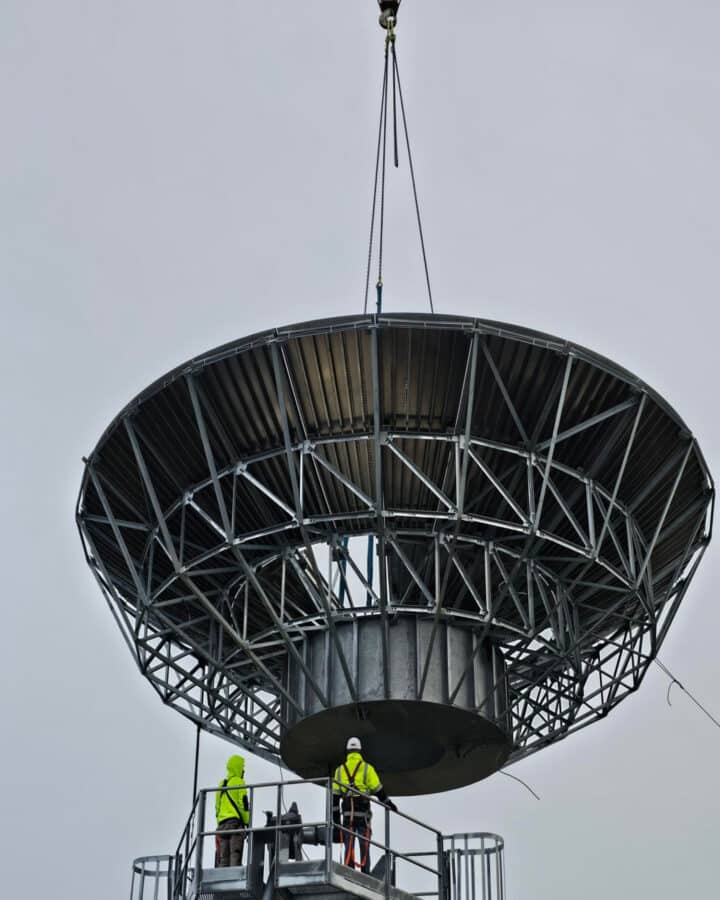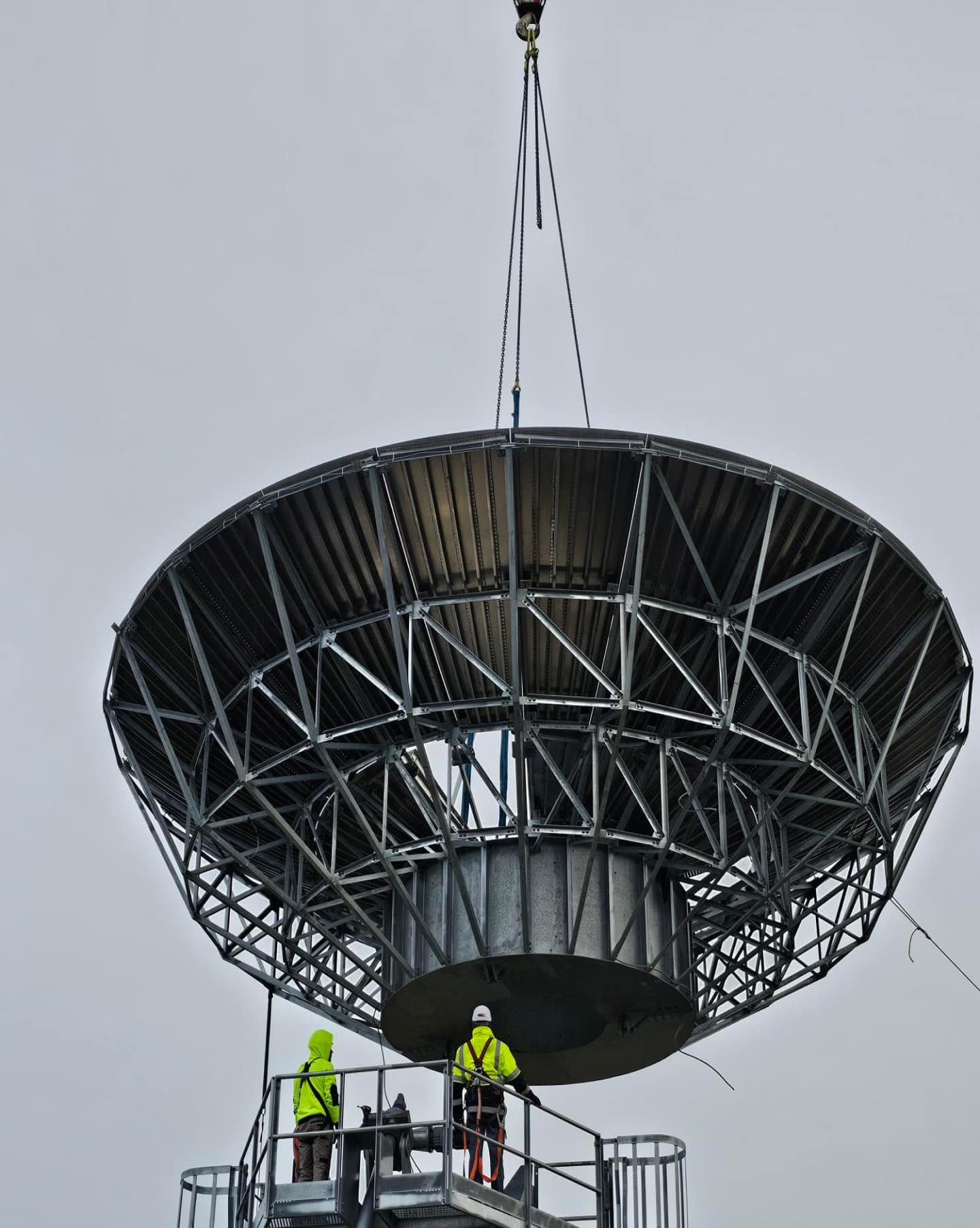This year’s (2021) vernal equinox, as it is known in the Southern Hemisphere, falls on September 23 (known as the autumnal equinox in the Northern Hemisphere).
As the sun crosses the equatorial plane it crosses behind satellites in geostationary orbit, lining up with your satellite dish and the satellite you are receiving. The sun is a giant source of broadband electromagnetic radiation, much stronger than the signals broadcast by satellites orbiting the earth and as the sun passes behind a satellite, satellite dishes on earth pick up the much stronger signal from the sun which quickly overwhelms satellite decoders and modems resulting in the loss of the satellite signal.
A solar outage can last for up to 10 minutes depending on the size of the satellite dish you are using and your location on the earth. Once the sun has moved from behind the satellite, the satellite decoder or modem can reacquire the signal from the satellite restoring the service.
Sometimes the satellite decoder or modem may need to be rebooted after the solar outage to restore the service.
The exact time a Solar Outage will impact reception of each satellite depending on your location on earth and can be precisely calculated and will vary slightly each day as the equinox approaches and passes.
We have found the solar outage calculator at the website below to be simple and accurate with the advantage of providing prediction in local time and GMT.
http://www.satellite-calculations.com/Satellite/suninterference.php
